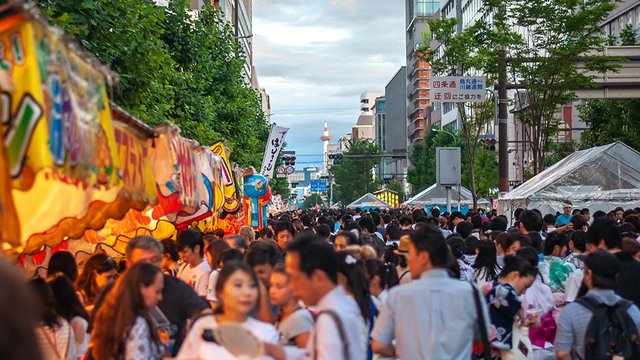At its fourth World Conference on Tourism and Culture, held in Kyoto on December 12 and 13, 2019, the World Tourism Organization (UNWTO) and the United Nations Educational, Scientific and Cultural Organization (UNESCO) adopted new guidelines called the Kyoto Declaration on Tourism and Culture.
The subtitle of the declaration is “Investing in future generations.” Under the themes of tourism, culture and the UN’s sustainable developments goals (SDGs), it particularly focuses on promoting succession of culture, local communities and the cultivation of human resources.
The declaration is made up of four main objectives that were suggested in advance by a group of experts:
- To implement innovative policy and governance models reflected in cutting-edge cultural tourism projects;
- To enrich tourism through the transmission of culture and mutual understanding;
- To redefine tourism management to advance local community empowerment and responsible tourism; and
- To strengthen capacities geared toward the sustainable development of cultural tourism and better understanding of shared values.
Among finer goals within these guidelines, is the promotion of the “Kyoto model.” This is an approach used by Kyoto City to manage the relationship between tourism, culture and local communities that also links them to the fulfillment of SDGs.

Festivals like Gion Matsuri draw a huge crowd in Kyoto. (Image: Shutterstock)
The Mayor of Kyoto, Daisaku Kadokawa, spoke about the Kyoto model at the conference. The city is often cited as an example of overtourism. Kyoto is trying to balance the benefits of its tourism appeal with the needs of the local community. It takes the view that if locals’ daily lives are ignored, Kyoto will no longer be Kyoto, and that impacts the city’s culture, and tourism.
Around 1,500 people from about 70 countries, including tourism and culture ministers, participated in the conference.
Kyoto’s sustainable tourism initiatives were spurred at least in part by dissatisfaction among residents whose local buses were so full of tourists that they found themselves unable to use them. They surely saw themselves as victims of tourism rather than beneficiaries. The Kyoto Model is designed to share the benefits of tourism with locals in a way that they can clearly see. Obviously, any framework that leaves one party feeling that it has been taken advantage of is not a sustainable one.
It will be interesting to see what further lessons on sustainable tourism and culture Japan can learn from its next big tourism event, the summer Olympic Games.
[Website] Kyoto Declaration on Tourism and Culture: Investing in future generations (English)
[Definition] SDGs
(This article was originally published on Zenbird Media.)
Additional Resources
Zenbird Media Homepage
More on enabling disability
More social good coming out of Tokyo
Hi! I am a robot. I just upvoted you! I found similar content that readers might be interested in:
https://zenbird.media/unesco-and-unwto-adopt-kyoto-model-for-sustainable-tourism/
Downvoting a post can decrease pending rewards and make it less visible. Common reasons:
Submit
Congratulations @zenbird! You have completed the following achievement on the Steem blockchain and have been rewarded with new badge(s) :
You can view your badges on your Steem Board and compare to others on the Steem Ranking
If you no longer want to receive notifications, reply to this comment with the word
STOPDo not miss the last post from @steemitboard:
Vote for @Steemitboard as a witness to get one more award and increased upvotes!
Downvoting a post can decrease pending rewards and make it less visible. Common reasons:
Submit